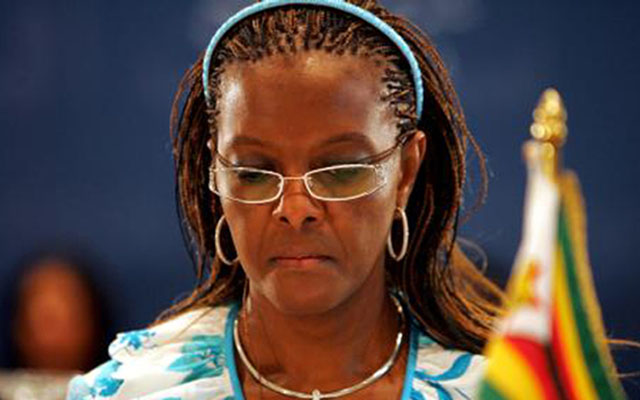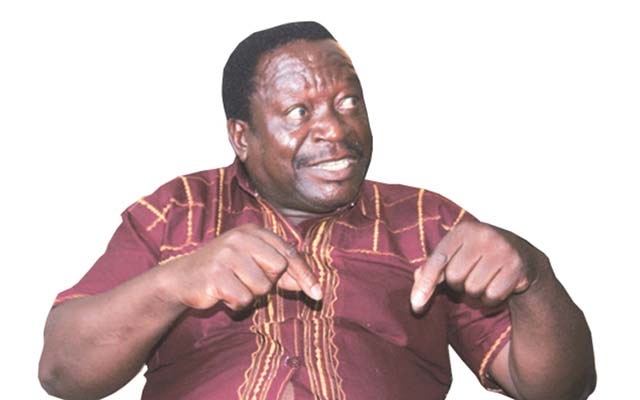Vargas Llosa and the power of inventiveness

Tanaka Chidora Literature Today
Since I started writing this column, I have been consistent in my choice of literary works. Every week, I brought a Zimbabwean book down from the bookshelf for review, except maybe those few times when I wrote about Christmas or New Year or something else that might have taken my fancy — like cyberture.
But even in those few moments, I made reference to works by Zimbabwean writers.
So, as I go to Latin America, more specifically to Peru, to read the works of Vargas and marvel at his not so modest collection of awards, I go with a clean heart. In any case, what I will discover in Peru will surely enrich our own literature, which at this moment is in serious need of nourishment. Don’t worry: I won’t be inviting Paddington and his inevitable hat and uncontrollable appetite for marmalade!
On March 28 it will be this writer’s birthday. I will probably make another visit in his honour. I haven’t read “Death in the Andes” yet. It’s on my New Year’s resolutions (I have broken a couple of those, but this one I won’t, I promise myself) together with “Magamba Hostels” which I have been writing since forever.
A friend implored me to read Vargas, and I implored him to read Saramago. I have gone through the 568 pages of “The War of the End of the World” (1981); my friend has only read the first line of Saramago’s “Death at Intervals” which says, “The next day, no one died.”
I feel cheated, but at the same time I feel that it was worthy. “The War of the End of the World” is not your everyday book. It’s that kind of novel that either gets you into its world, or delivers its characters at your doorstep.
My point is that the characters are too real, the events are too real as well. Those who are supposed to die actually die. Those who are supposed to appear on earth and leave without leaving a mark do so.
Life is like that, isn’t it? It does not always go the Mills and Boon way. The surreal is there too. How else can we describe the character of the Lion of Natuba? The combination of the surreal and the real transforms this story into a nightmare, but whose events are our everyday events: war, religious fervour, sex, miracles, famine, poverty, mass executions, rape, torture, near-sightedness, parliamentary debates, suicide, and many other events, which we can easily recognise.
The fact that this nightmare is so recognisable, so familiar, is what makes the voice of Vargas a compelling one. Reminds one of the Tolstoyian wars, or the Napoleonic ones.
In the course of reading this great novel, my friend would always ask me this question: “Have you encountered the near-sighted journalist yet?” The near-sighted, sometimes sightless, journalist is the glue of this story.
It is a story with many sub-plots; the paradox is that the one who is not blessed with a good pair of eyes is the story’s glue.
He is there when the political strategists are invading the journalist’s narrative to direct its outcome; he is there when the soldiers are marching towards the enemy; he is there when the soldiers are wiped out by the enemy; he is there with the enemy when only the enemy remains (only that this time the enemy is no longer the enemy) and he is there when it all comes to an end.
He remains the near-sighted journalist, a very frail chap whose bouts of sneezing are like heart attacks. With his frailty, he remains the glue that binds the story.
The catalogue of pain, madness and wretchedness that characterises Latin American history, but that Vargas transmogrifies into beautiful art, definitely requires someone who knows how to handle characters and events well.
One thing that strikes you when you read “The War of the End of the World” is how this very long narrative and many characters (who can fill a couple of buses) are woven together closely so that nothing happens, and no characters act, in ways that jeopardises the credibility of the story.
In other words, Vargas does not lose his plot and characters. When writing such a narrative, some writers tend to forget their plots and characters and end up subjecting their characters to actions that are out of character. This you don’t find in “The War of the End of the World”.
While my friend is drawn towards the near-sighted journalist, I am drawn towards the suicidal idealism of Galileo Galilei, only to be repelled by it. There is something tragic about Galileo’s idealism. It takes sex, for which he pays a very big price, for Galileo to realise that our ideals should not stop us from living.
I am also drawn towards Antonio Conselheiro, the Counsellor, whose simple teachings are enough to make the wretched of the earth gather around him and rediscover the meaning of life.
The dominant theme of this novel, therefore, is the war between government forces and this messianic sect, which the Counsellor builds. This theme lends an apocalyptic feel to the novel so that for many pages, the reader is compelled to expect something apocalyptic to happen.
This expectation can only be provoked by splendid writing!
It is also important to note that this novel is not just about deafening anarchy being hammered into beautiful art; it is also the novelist’s voice of reason. Many times, revolutions, reforms and ideas defeat human rationality and when looked at in retrospect, they do not seem to have much justification for their existence.
One reviewer, John Butt (1986), points out that the novels of Vargas constellate around his lack of faith in politics, just like George Orwell. The grotesque fanaticisms that characterise the political and religious events in this novel, and that drive its plot, are terrible lessons for us.
Vargas is an inventive writer. The way he converts anarchy into art calls for such a quality. I recommend this novel to be on the shelves of any reader worthy of the name.









Comments